Learn how to become an artist and how to start and continue a career as an artist from those who have been there before.
The trope of the “starving artist” is oft-repeated. But here’s the thing: There are plenty of artists who have built thriving and successful artistic careers.
If you want to take your own art to the next level and learn how to become a professional artist, this guide is a good place to start. We’re digging into how to become an artist so you can pursue a career with the craft you love.
6 Steps to Becoming an Artist
As artist, illustrator, and Skillshare instructor Iva Mikles shares, there are plenty of potential income streams for artists—from accepting commissions or selling on Etsy to leveraging stock platforms or teaching art.
Ready to get started? Let’s look at six steps you can use to put one foot in front of the other and discover how to be an artist.
Step 1: Establish a Routine to Practice Your Skills
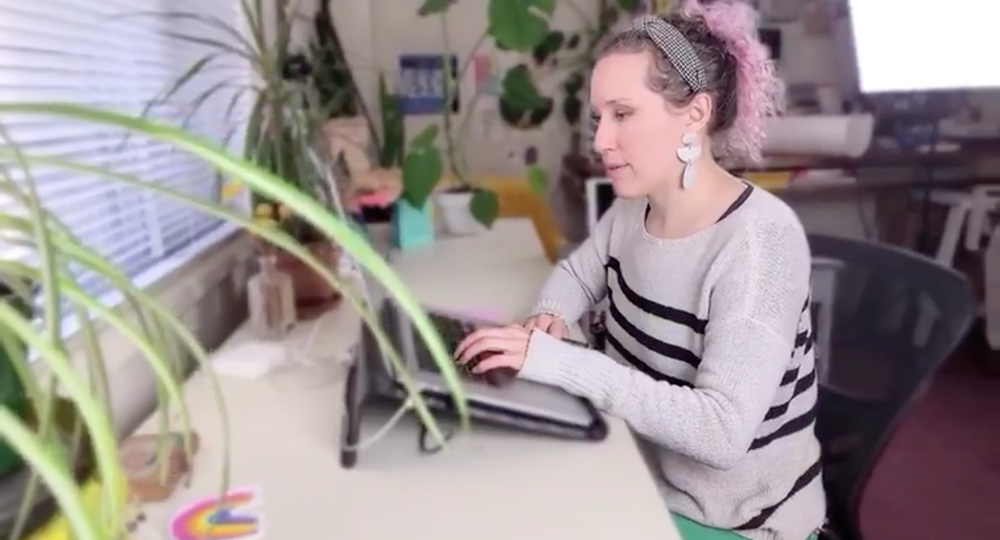
Much like any other career path, learning how to become a better artist takes time and requires a lot of practice. The difference between amateur and professional creatives is often the time spent on their craft. “Professionals realize that when their craft is something they take seriously, when they adhere to a strict schedule, and they work with discipline, inspiration tends to strike more often,” adds in YouTuber Thomas Frank. “You almost prime your mind for it.”
Ideally, make time every day to hone your skills—even if it’s not for a specific project. “You don’t have to have all the willpower in the world, you just need enough willpower to start and do five minutes. The first choice, the first move that you’d make can lead into a whole spiral, whole waterfall of other good, productive choices,” says Skillshare instructor Brooke Glaser.
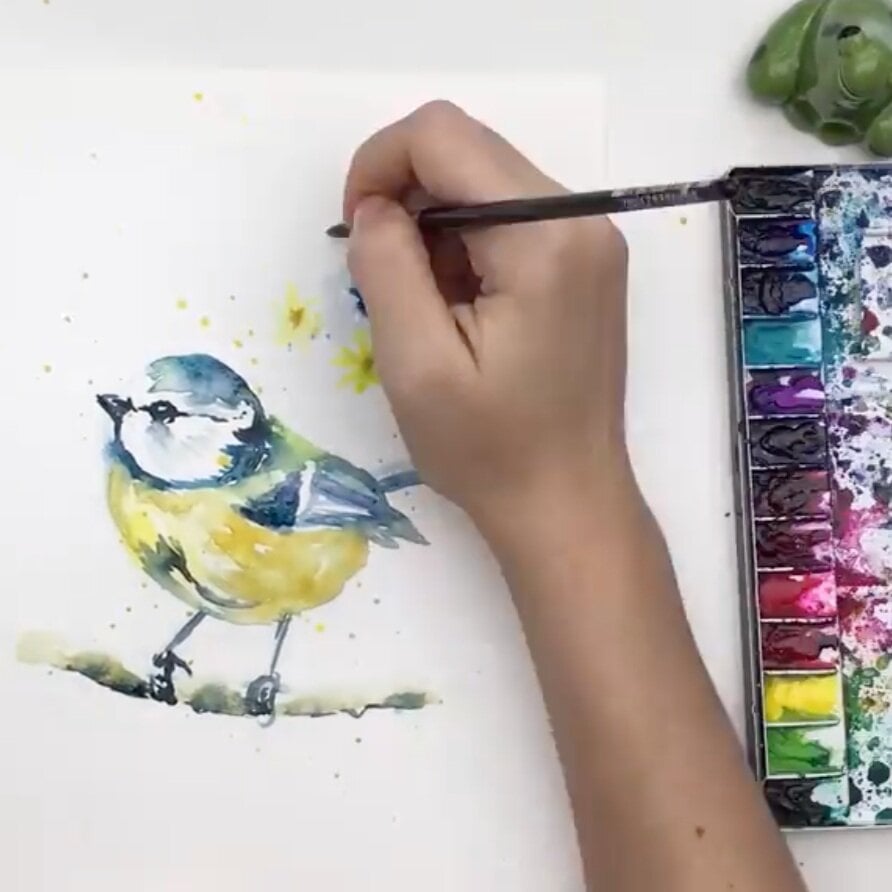
Become a Professional Artist!
What Every Artist Should Know: The Fundamentals, Finding Your Style, Profiting, and More.
Step 2: Choose Your Niche
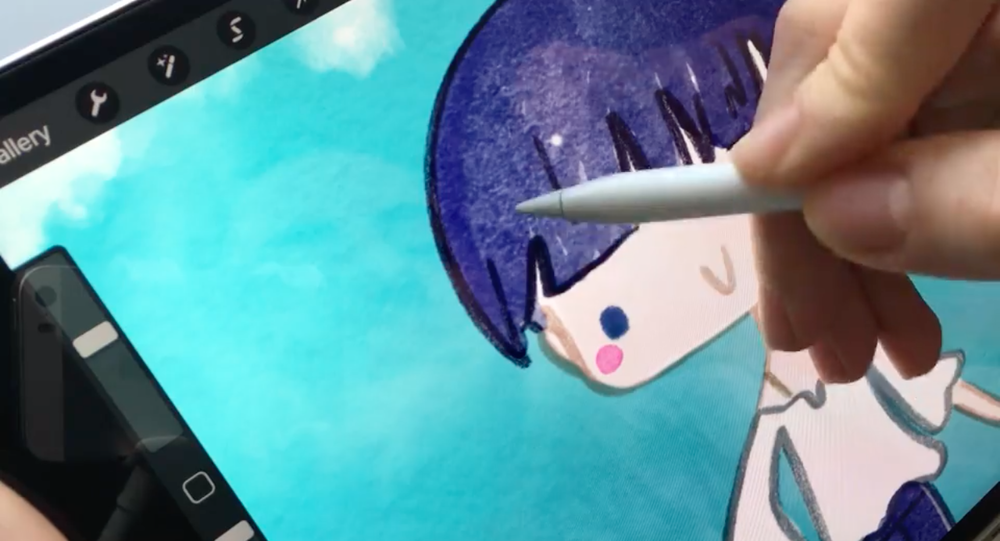
Regardless of what type of career artists choose to pursue, most artists will choose a niche, which allows them to become proficient in one medium and build a reputation and client base around it.
“I have personally tried almost every medium out there and only by physically trying them did I find out what was my favorite to use,” says Skillshare instructor and ink and watercolor artist Yasmina Creates. “I recommend you try to do the same. It can get pricey to try all of them, but just try cheap supplies or even maybe borrow some from a friend.”
Here’s a few examples of artistic specialties that you can pursue:
- Painting (in oil, acrylic, gouache, or watercolor)
- Sculpting
- Calligraphy or hand lettering
- Graphic design or illustration Printmaking
- Animation
- Drawing
- Photography
- Mixed media art
- Textile art
Step 3: Get Advice from Professionals
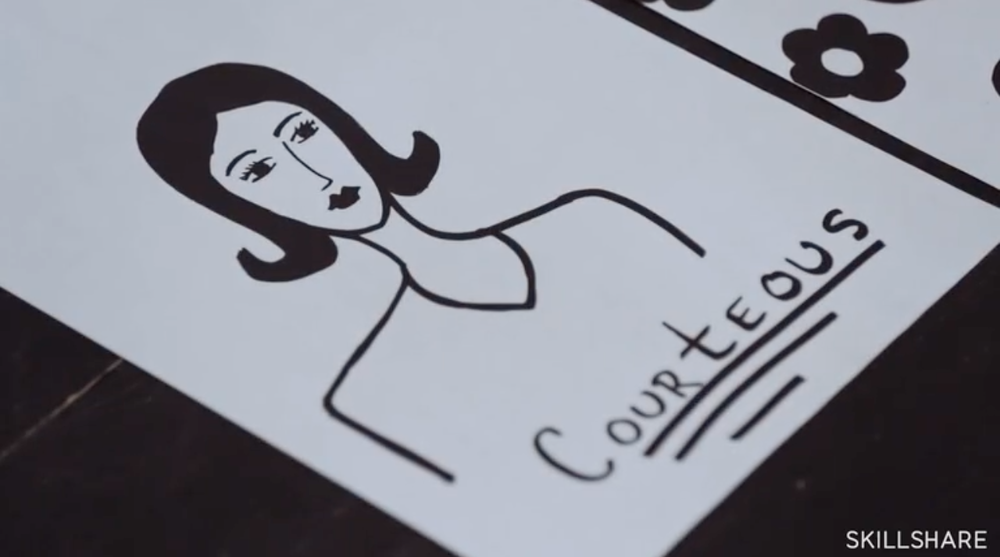
If you’re an amateur artist, it’s helpful to develop your skills by working with other professional, more established artists. Mentorship from professional artists can help you improve, as they’ll give you constructive criticism and even insightful art tips. In fact, many artists get started in their industry as interns, assistants, or apprentices.
So, build your network of fellow artists. You can find them online through social media networks like Instagram, Twitter, and LinkedIn, or through a specialized platform like DeviantArt.
Not sure what to say to spark a relationship with a more established artist? Don’t overthink it and start with your common ground: your craft. “If you are passionate about your art, then you will have no problem carrying on and maintaining a conversation,” says artist and Skillshare instructor Sonya Paz.
Step 4: Explore Your Style
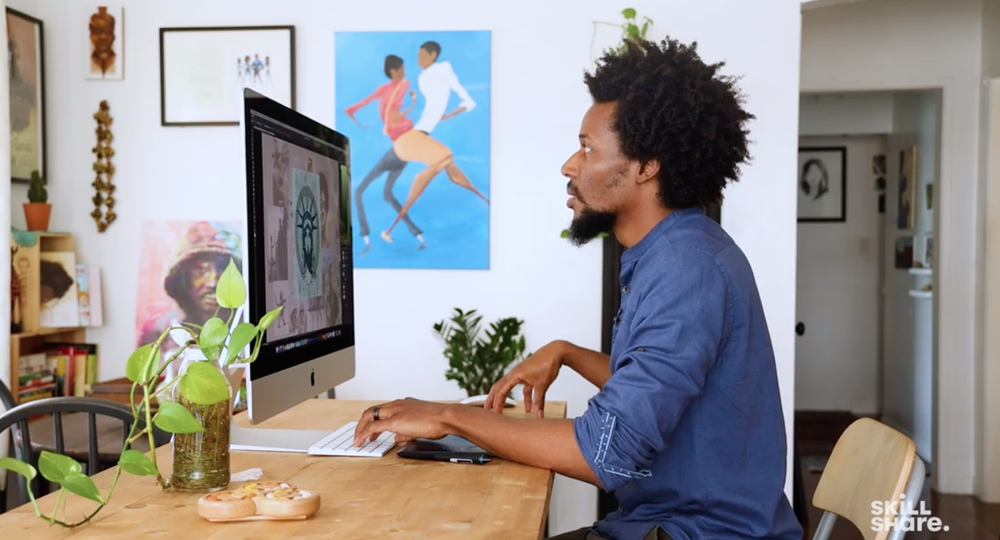
There isn’t one answer to the “how to become a good artist” question, especially since there are countless different types of artistic styles and techniques that you can explore.
“You don’t have to ask anybody’s permission to do anything,” says Skillshare instructor Debbie Millman. “So, open up the shackles, free your spirit, and try to create something as if no one will ever put any parameters on what you’re doing.”
Exploring your style also means defining what purpose you want your art to serve. Art can make people laugh, cry, or confront a difficult truth—and those are just a few examples.
“I think if you have something extremely important that you want to say, put it out into the world, put it on the web,” says Skillshare instructor Nikkolas Smith. “Remember, nobody can approach this topic the way that you can from your unique perspective.”
Step 5: Create Your Portfolio
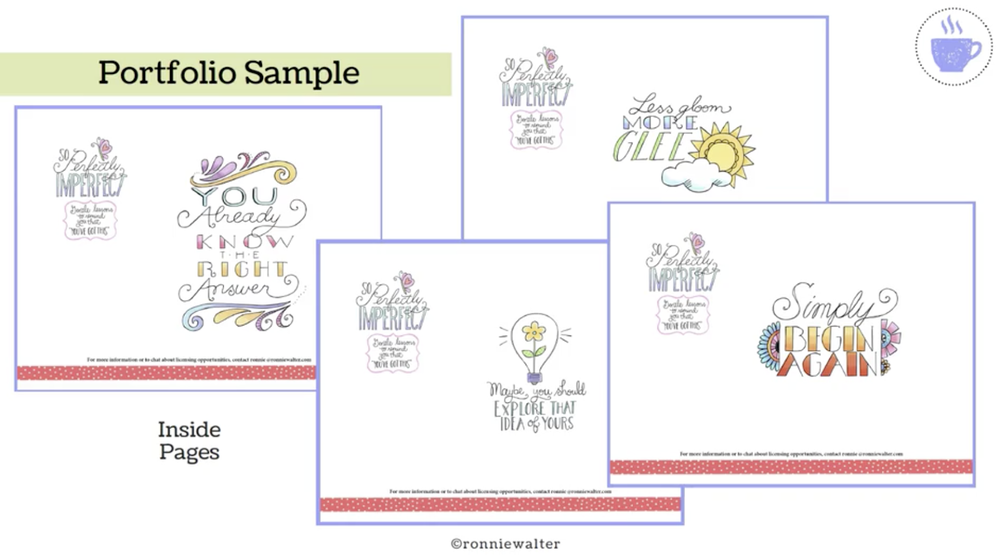
If you want to become a better artist, you need to be comfortable sharing your work with the world—especially if you want to try to land commissions, freelance gigs, or even a full-time job.
An artistic portfolio is a curated gallery featuring your best work and it’s an excellent marketing tool, as it allows potential clients, prospective bosses, and future customers to discover what you’re all about.
It’s easy to set up a basic portfolio website—there are many visually driven website templates that are created specifically for artists and photographers.
Step 6: Market Yourself and Your Work
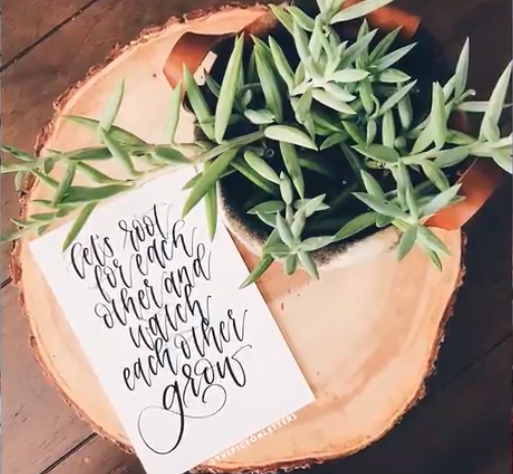
As an artist, an online presence can help you earn clients, sell work, and promote your art to grow your reputation.
Start developing your social media presenceby posting on image-driven networks like Instagram or Pinterest. You can even create behind-the-scenes posts or time lapse videos showing how you created your art. If you want to go beyond the screen and social networks, you can also display your work at craft shows, galleries, or art competitions.
“Another thing you can do is start a blog on your site related to art,” says Yasmina Creates. “Just write about whatever you’re passionate about. It can be about your creative process, reviews for supplies, or you can even make tutorials.”
FAQs About Becoming an Artist
Have more questions about what it takes to become a professional artist? We have answers to some of the most common questions right here.
How Much Money Does an Artist Make?
Put another way, do artists get paid well? They can! According to the U.S. Bureau of Labor Statistics, the average pay for a fine artist in the United States ranges from $20,070 to $112,970 as of May 2019. The pay a professional artist makes depends on their skill level and their types of employment—while some artists choose only to sell their art, others make income from a variety of sources, such as licensing their creations and teaching classes. The geographic location a visual artist lives in and the specific industry they work in can also impact how much money they make.
How Long Does it Take to Become an Artist?
Becoming a professional artist is a lifelong journey—but if you’re making art, you’re already an artist. With that said, the amount of time it takes to develop your skills depends on the type of art you want to make and the kind of training you pursue. For example, if you choose to get a bachelor’s degree, you’ll spend at least four years studying art.
If you’re wondering how to become a better drawer, sculptor, or any other kind of artist, remember this: As an artist, you will constantly strive to grow your skills and learn new techniques over your lifetime. That’s why it’s never too late to learn how to become an artist!
Do You Have to Go to Art School?
Many artists have bachelor’s or master’s degrees in an art speciality like ceramics, drawing, graphic design, painting, or sculpture, or general fine arts. While a degree isn’t required to be an artist, a formal education can help you hone your craft and acquire the artistic skills and connections needed to create a career.
But if you’re wondering how to become an artist without going to art school, know that it’s more than possible to succeed as a self-taught artist. There are tons of online classesthat allow you to learn from experts. You may also find affordable community classes or workshops hosted by local artists at libraries, art supply stores, or businesses that will teach you specific artistic methods. The most important part of learning how to become a better artist is to practice so you can improve your skills and define your specific style.
https://www.youtube.com/embed/uwubHZNyijo?feature=oembedPracticing can start with prompts! Try these creative drawing exercises to improve your skills as an artist.
What Different Kinds of Careers Can a Professional Artist Pursue?
The careers artists can pursue are virtually limitless. A professional artist can either work for an organization or as an entrepreneur. Some artists run their own studios while others work for other artists. The work they do typically depends on what they specialize in. If an artist creates sculptures or paintings, they may work on commissions. If an artist does ceramics, they may create and sell mugs, plates, and other household goods.
Artists can be graphic designers, game development artists, and animators. They can also use their skills to teach in schools or colleges working with children, teenagers, or adults. Some artists even pursue degrees in art therapy to become art therapists.
Basically, when it comes to a career in art, you’re only limited by your own imagination.
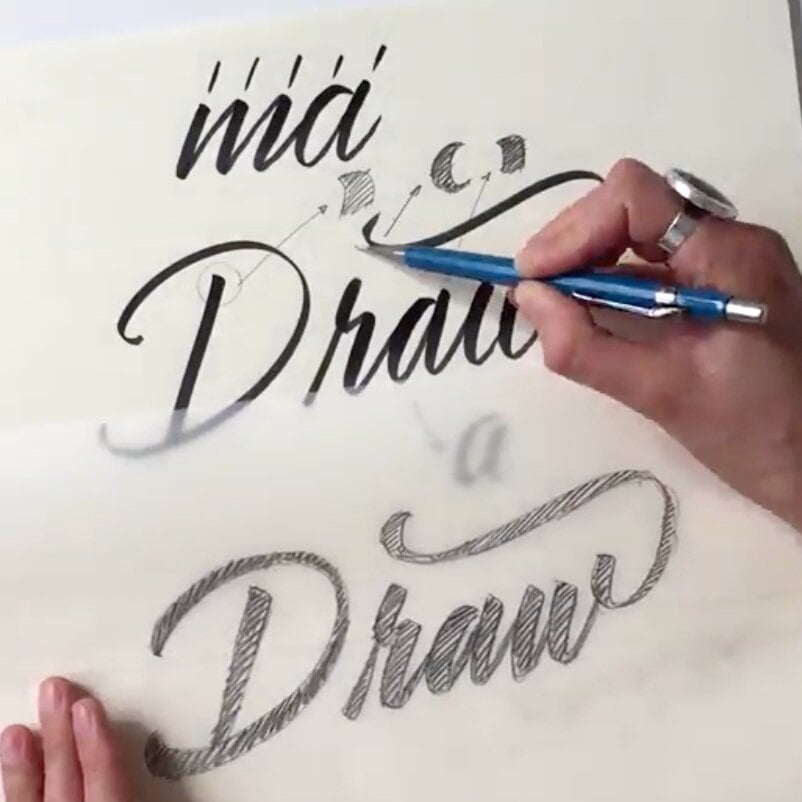
Start Your Artistic Career Today
Be Your Own Boss: Strategies for Launching Your Creative Career.
Powered by TFSBS

